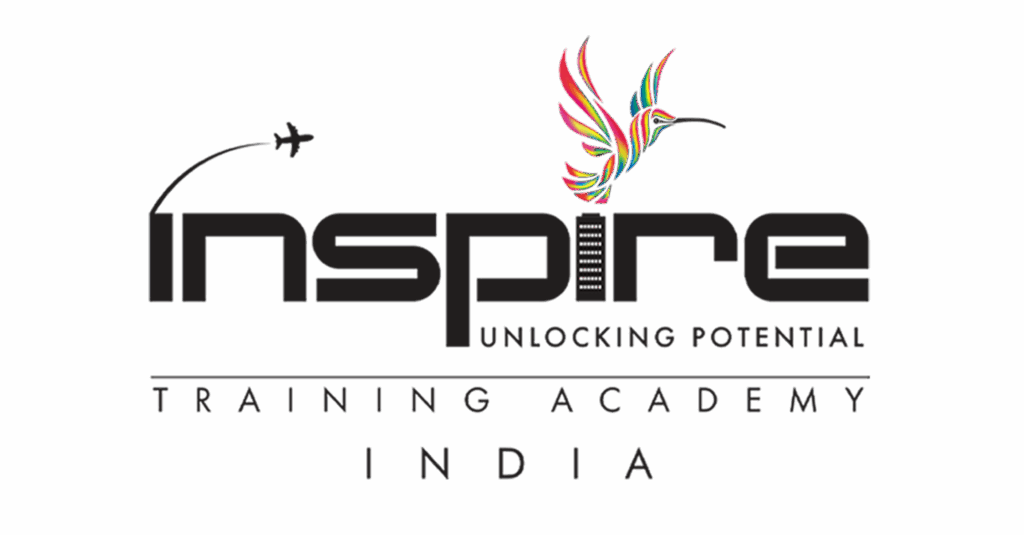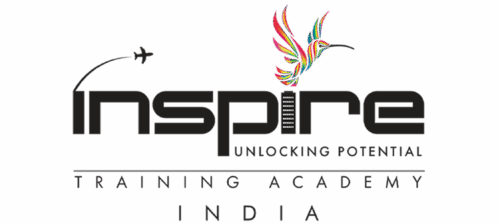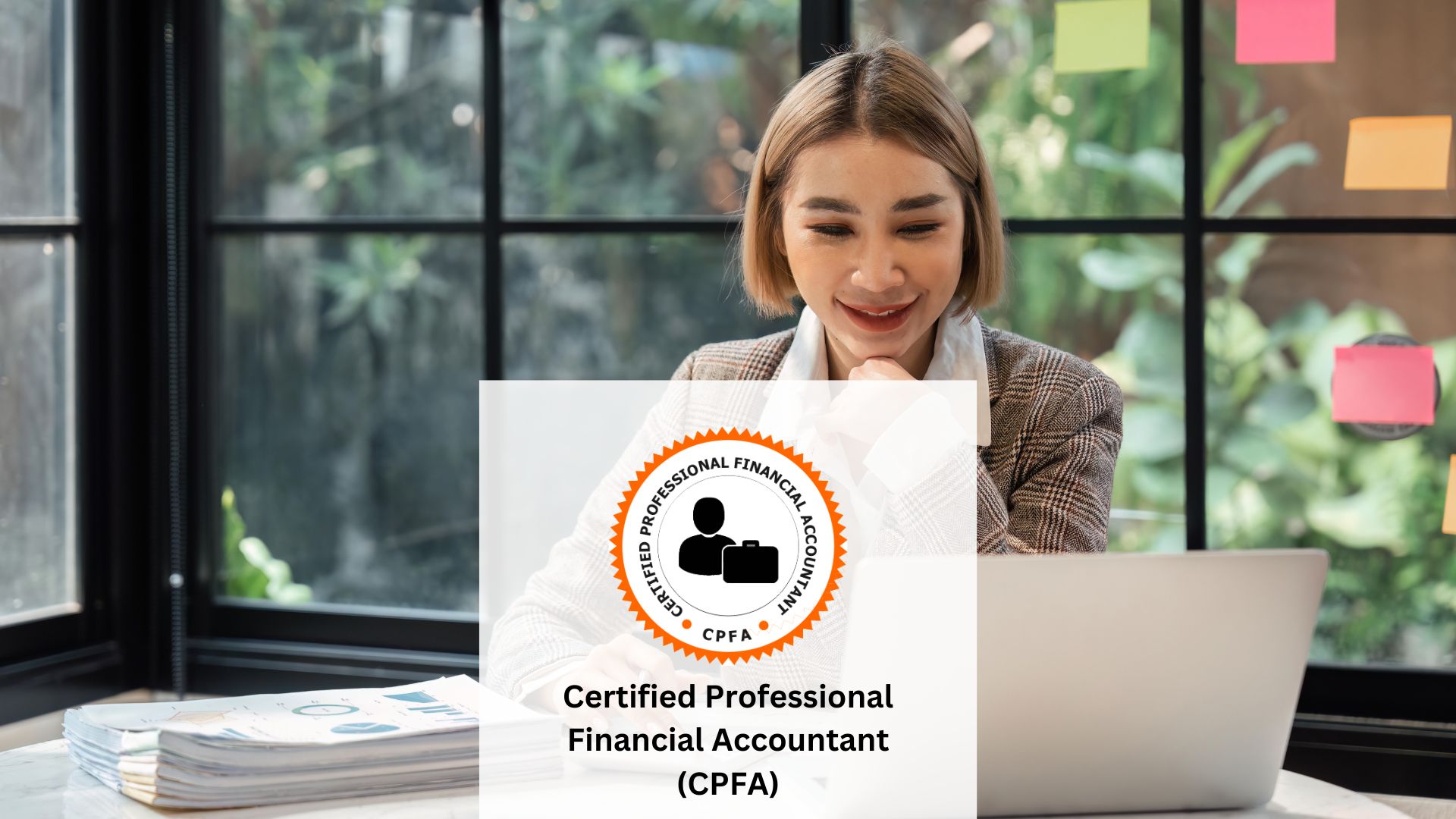Currently Empty: Free
Certified Professional Financial Accountant (CPFA)
The CPFA™ certification validates professional-level accounting knowledge, skills, and ethics. Designed for both beginners and professionals, this program provides expertise in financial reporting, cash and inventory management, receivables, payables, and decision-making. It enables career growth and recognition across industries where accountancy is a critical business function.
E-Course Duration: 30–35 Hours
Certification Validity: Lifetime
Certificate Accreditation: GAQM
The Certified Professional Financial Accountant (CPFA)™ certification grants accounting professionals the prestigious designation of Certified Financial Accountant. This globally recognized credential demonstrates a candidate’s skill, experience, and dedication to their career, opening doors to higher positions, pay, and professional growth.
Developed for learners with little or no previous knowledge of accounting, the CPFA™ provides a strong foundation for individuals seeking a career change or professional advancement. Businesses of all sizes and sectors—including nonprofits—depend on efficient accountancy for financial management, profitability, and compliance. With CPFA™, professionals gain industry-relevant expertise to meet this global demand.
Course Details
E-Course Duration: 30 to 35 Hours
Exam Pattern: 50 Multiple Choice Questions (80% passing – 40 out of 50 correct)
Exam Duration: 60 Minutes
Exam Format: Online, non-proctored, available anytime within 8 months
Exam Attempts: 2 attempts per voucher (additional vouchers can be purchased)
Certification Validity: Lifetime
Course Outline
Module 1 – Accounting: Merchandising Transactions
Merchandising Transactions
Gross Selling Price
Returns and Allowances
Cost of Goods Sold
Classified Income Statement
Module 2 – Measuring and Reporting Inventory
Merchandise Inventory
Determining Inventory Costs
Four Inventory Costing Methods
Pros and Cons of the Four Methods
Journal Entries for Perpetual Inventory Procedure
Departures from Cost Basis for Inventory Measurement
Module 3 – Accounting: Control and Monitoring of Cash
Control of Cash
Internal Controls
Controlling Cash
Bank Checking Account
Bank Reconciliation
Petty Cash Fund
Module 4 – Accounting: Receivables and Payables
Accounts Receivable
Uncollectable Accounts
Write-offs and Recoveries
Current Liabilities
Notes Receivable & Notes Payable
Short-Term Financing through Notes Payable
Module 5 – Adjustments for Financial Reporting
Cash vs Accrual Basis Accounting
Classes and Types of Adjusting Entries
Adjustments for Deferred Items (Expenses, Depreciation)
Adjustments for Accrued Items
Module 6 – Accounting and Its Use in Business Decisions
The Accounting Environment
Definition and Overview of Accounting
Financial Statements of Business Organizations
The Financial Accounting Process
How Transactions Affect Income Statements & Balance Sheets
Dividends and Equity Ratios
Corporate vs Sole Proprietorship or Partnership Accounting
Target Audience
Candidates interested in working in accountancy
Individuals seeking a career in finance
Business owners/managers managing their own accounts
Existing accountancy workers seeking promotion
Professionals without formal qualifications in accounting
Anyone looking to enhance their career prospects






